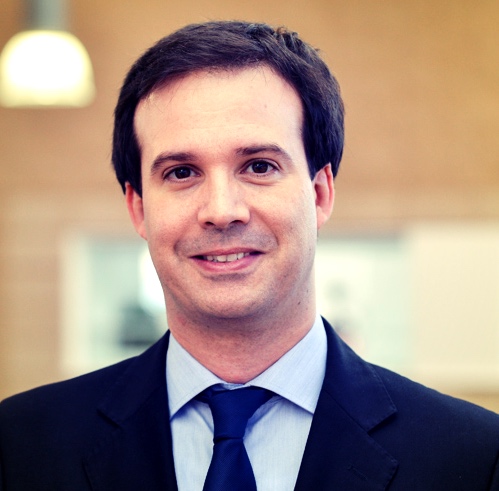My research encompasses labour economics, health economics and applied econometrics. I am investigating the relationship between the UK medical labour market and existing incentives to enhance doctors´performance.
My research focuses on the main issues for the analysis of the labour supply of doctors. It covers work using secondary data and econometric methods.
Labour Supply and Incentives; Labour Economics; Health Economics; Applied Economics; Applied Microeconometrics; Evaluation Public Policies.
B.A. Economics (UAM), MSc Economics (UCM), MSc Health Economics (York)
Essays on the Labour Supply of Doctors
So far, there is a wide perception that there is a shortage of doctors, especially in primary care. And the main policy to alleviate this shortfall of doctors has come from the extensive margin, expanding the number of doctors. My thesis looks at the labour supply of doctors in the UK from the intensive margin (hours of work) using data from the Labour Force Survey (LFS) and encourages policymakers to incorporate the intensive margin in decision-making using both margins (extensive and intensive) for workforce planning. Also, secondary and publicly available data such as the Labour Force Survey (LFS) or the Annual Population Survey are excellent sources to improve workforce planning, not only administrative data.
My thesis incorporates the following chapters:
Trends in doctors' hours of work in the UK: labour supply insights using the Labour Force Survey (LFS). I examine the LFS information on hours of work from different perspectives. My main conclusion is that the LFS is an excellent source because, firstly, it incorporates different hours variables. Also, it is unique incorporating individual preferences on hours of work. My main contribution conveys that while there has been a growing female participation, especially since 2000, that has alleviated the shortage of doctors, the headcount grew 44% and 136% for GPs and hospital doctors respectively between 1994-2014. But, the average hours of work dropped 30% and 19% respectively and, hence, the total stock of hours of work grew 1% and 91%.
Do doctors work harder than other professionals? A lifecycle labour supply analysis. Doctors work fewer hours than other professionals. This is the case for GPs and salaried GPs work the fewest number. By gender, the number of females salaried GPs grew substantially reflecting a change on the composition. Over the lifecycle, female salaried GPs estimates convey a big drop of the labour supply in their 30s, which is the largest compare to males or by occupations.
The well-being of doctors and implications for labour supply. There has been considerable literature on the effects of job satisfaction and burnout on physicians’ labour supply decisions. But little is known about their well-being levels. Using a large well-established database over four years (2011/12-2014/15), we find that physicians are less anxious, more satisfied and happier than other professionals. Controlling for hours of work and real hourly wages, physicians’ wellbeing levels barely change compared to the reduction experienced in lawyers and accountants’ levels. This could reflect that physicians are 'on their labour supply' while other professionals are not. Hence, there is margin to expand physicians’ labour supply along the intensive margin, which is a cheap and quick solution to overcome the alleged shortage, especially in primary care.
